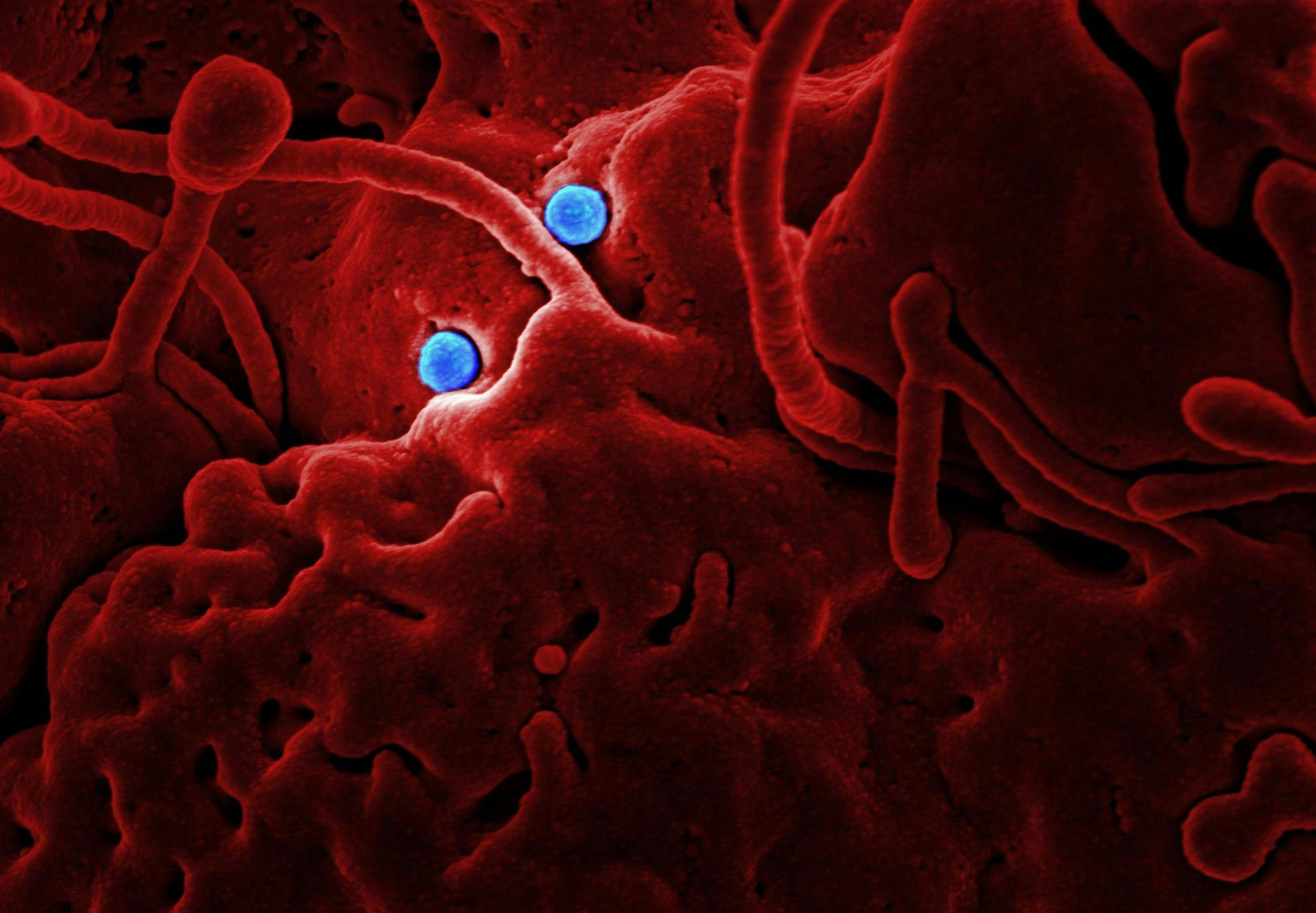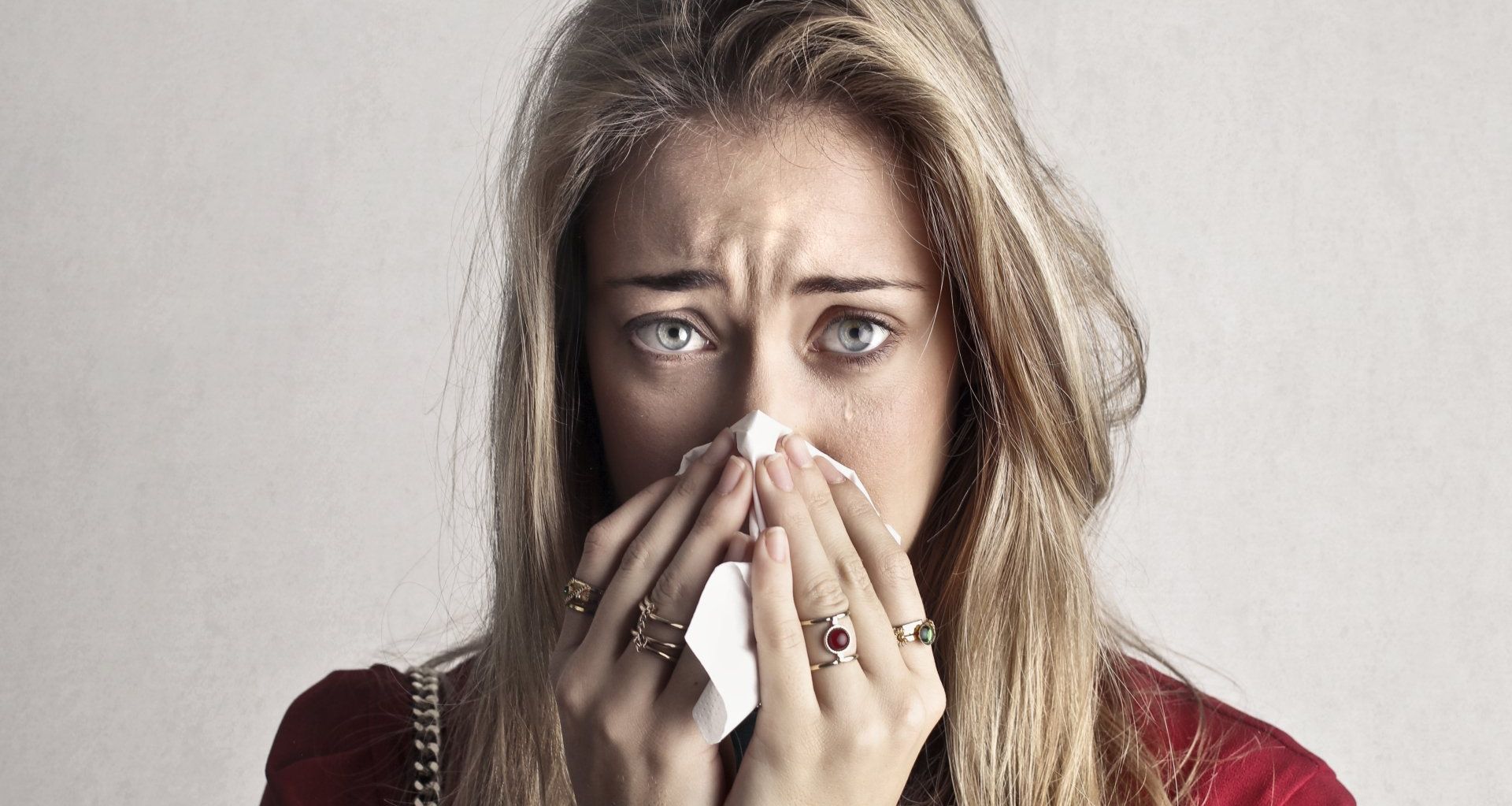27 key facts about Monkeypox – What’s the risk?
The World Health Organization (WHO) says the 200 or so Monkeypox cases found in recent weeks could be ‘just the beginning’. They don’t know if it’s the tip of a bigger iceberg, with ‘many more cases... undetected in communities’. So what’s it all about? Do you need to take measures, and could it become a pandemic?
What is Monkeypox?
Monkeypox is actually an orthopoxvirus, from the same family of viruses as smallpox and cowpox. The virus is spread to humans from animals and the symptoms are very like smallpox, but ‘clinically less severe’.
The first confirmed UK case was discovered in early May, and since then many more have been identified.
So far the European Centre for Disease Prevention and Control says there are 219 cases and some have ‘no obvious origin’, which means it might be spreading undetected.
How many monkeypox cases are there and where are they?
The UK has 9 confirmed cases, most of which are in London. Portugal has 14 confirmed and 20 suspected cases, Spain has 7 confirmed and 24 suspected, Italy has 2 suspected cases, as does Belgium, which also has 1 confirmed. France and Sweden each have 1 confirmed case. USA has 1 confirmed and 1 suspected case, Canada has 1 confirmed and 21 suspected, and Australia has 1 confirmed and 1 suspected. But the disease is ‘probably more widespread’ than is being detected, and it isn’t clear if the cases are linked.
27 facts about Monkeypox
- Monkeypox usually spreads among monkeys in Central and West Africa
- Now and again it hops into people
- It was first noticed in laboratories in the late 1950s
- The first human case turned up in 1970, in the Democratic Republic of the Congo
- The latest 4 UK cases have no known links to previous cases
- It doesn’t usually spread easily between people
- Monkeypox is now spreading from person to person in the countries with known cases
- The UK HSA says the country’s latest cases are mostly ‘ men who have sex with men’
- It can be spread during sex thanks to skin-to-skin contact
- The WHO says Monkeypox can be transmitted by droplet exposure via large exhaled droplets as well as contact with infected skin lesions or contaminated materials
- The WHO hasn’t confirmed it’s airborne – they say you need to have ‘prolonged face-to-face contact’ with an infected person to catch it
- The early symptoms of monkeypox? It looks a lot like chickenpox at first. Fever, headache, muscle ache, backache, swollen lymph glands, chills, exhaustion, and a rash on the face that moves to other parts of the body including the genitals
- Monkeypox is usually mild. Most people recover ‘within a few weeks’ without treatment
- In Africa Monkeypox can be deadly in as many as 1 in 10 people if it’s the ‘Congo strain’
- The West African strain is deadly in about 1 in 100 ‘reported cases’ – luckily this seems to be the one that’s spreading in the UK right now, but other countries haven’t sequenced the virus’s DNA yet
- Because many cases aren’t reported, being so mild, the actual death rate is probably a lot lower
- Children are more likely to get very poorly than grown-ups
- Catching Monkeypox during pregnancy can mean complications, including stillbirth
- The antiviral drug tecovirimat (also called Tpoxx) has been approved in Europe for treating Monkeypox. The Jynneos vaccine (also called Imvanex and Imvamune), is approved in Europe for preventing Monkeypox in people aged over 18
- If you had a smallpox jab as a child, last done in 1971, you’ll already have some immunity
- Is this a new strain of Monkeypox? Nobody knows yet
- It may be more transmissible than other strains and could be spread far and wide by a ‘superspreader’
- The outbreak should be able to be stopped by contact tracing, which is how the disease is usually tracked
- The UK is currently offering vaccines to high risk contacts
- A pandemic isn’t at all likely
- It has NOT come from a lab!
- The virus isn’t as bad as covid – but Monkeypox is a growing threat. As one piece of 2018 research said, ‘The emergence of Monkeypox as a significant human pathogen is indisputably a realistic scenario’
Lessons learned from covid
It’d be unwise to feel complacent about any disease that’s spreading through the human population. So far it looks like Monkeypox is relatively harmless, but like any virus it can morph and change into something either more or less dangerous.
While we haven’t tested our UVC covid killing light fittings on Monkeypox yet, being a virus it’s likely it can be made harmless by UVC light at the wavelength we use. It certainly kills off covid, ebola, MERS, SARS and various hospital acquired infections – and that’s very good to know.










